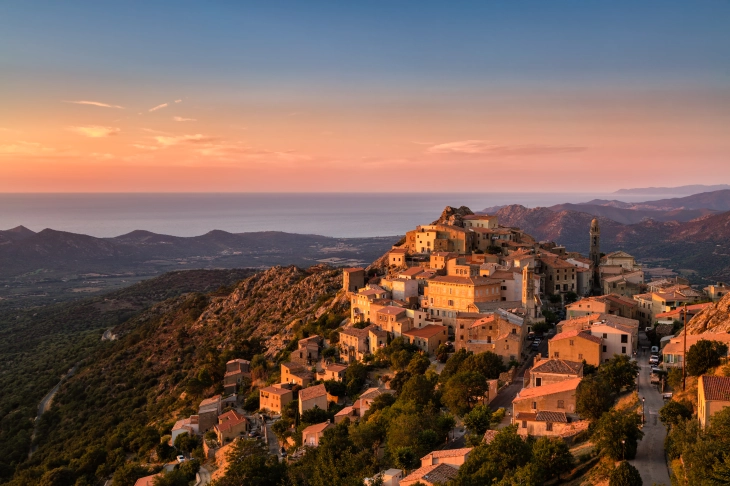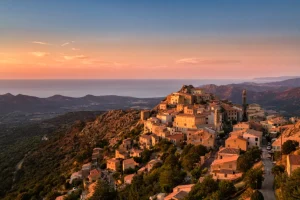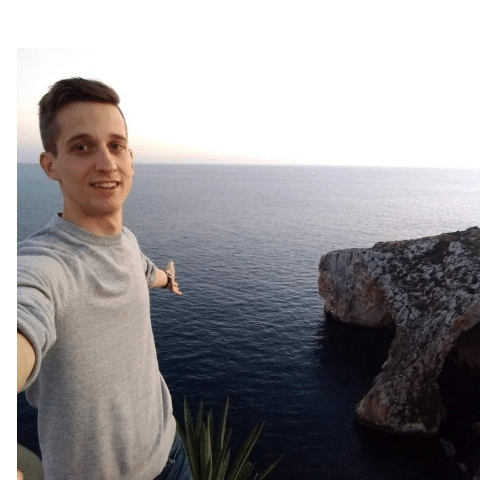Corsica offers a diverse choice of attractions and activities, and opportunities to learn about the island’s unique style. Corsica, which juts out from the warm seas of the Mediterranean Sea between France and Italy, is famous across Europe for its breathtaking beauty. Corsica is renowned for having a central mountainous region and stunning white sand beaches that are caressed by turquoise waves. From its biggest towns, like Bastia, to its smallest, most remote villages, like Vizzavona, Corsica has a lot to offer.
15. Speloncato
Speloncato should be on everyone’s list of places to see in Corsica. This is one of the most attractive places in the region, and after around 10 kilometers of driving along winding mountain roads, you’ll be rewarded with a breathtaking view of the town. Speloncato is the perfect place for a late afternoon stroll through the narrow streets and a spot on one of the terraces overlooking the central square. Following that, you should surely catch the sunset over town, which will be coated in a golden glow.
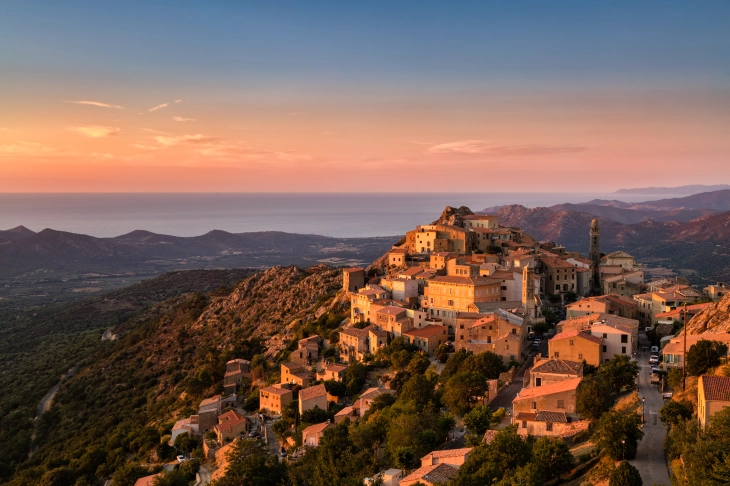
14. Corte
Corsican cities are comparatively simple and plain in comparison to Italian cities such as Florence, Verona, or Venice. There are no extravagant structures or magnificent works of art. However, Corte, in particular, is well worth a visit. The little hamlet of 6300 people is located in the center of the island and is known as Corsica’s “secret capital.”
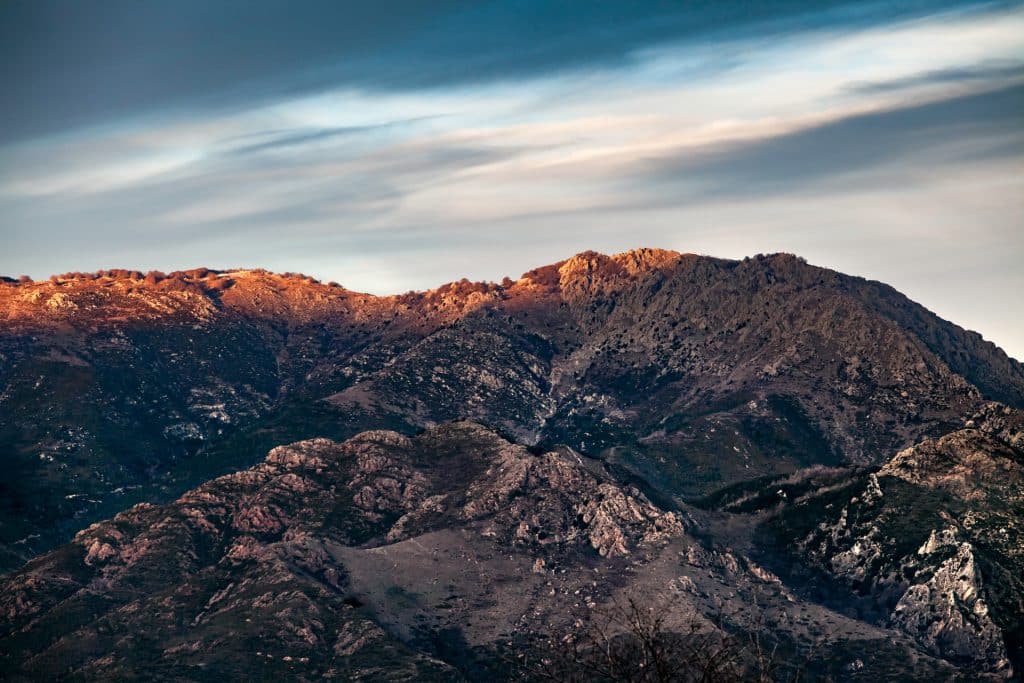
13. Erbalunga
Erbalunga was originally the most important harbor on the Cap Corse, as evidenced by the beautiful mansions that still adorn the peninsula. A modest network of squares and streets exudes an old city harbor ambiance. At Sisco Marina, slightly further north, there are shops, a cash dispenser machine, a post office, pubs and restaurants, and a dive school.
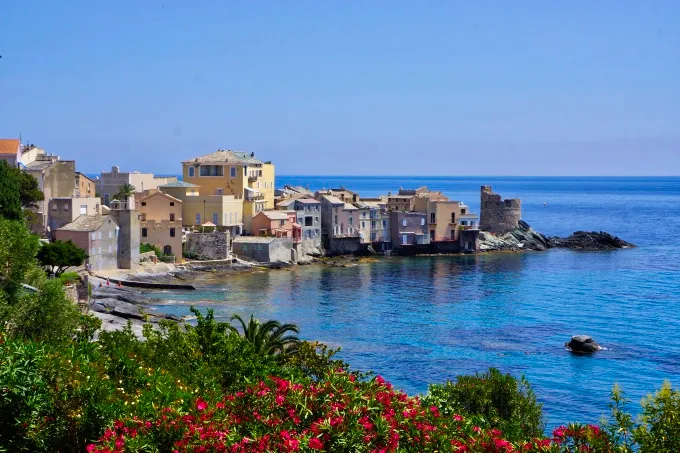
12. Saint-Florent
St Florent is nestled in a glittering harbor between the wild mountains of Cap Corse and the majestic, untamed Désert des Agriates. The Romans founded it, but it swiftly flourished into a thriving medieval port under Genoa’s rule and has remained remarkably untouched.
The area in the middle of the town between the harbor and the Citadel is filled with a network of tiny streets and alleys, and the town squares, which are lined by cafés, look out over the bustling waterfront with its row of restaurants. It is a welcoming town that, while comparable in style, is less pretentious and more intimate than St Tropez.
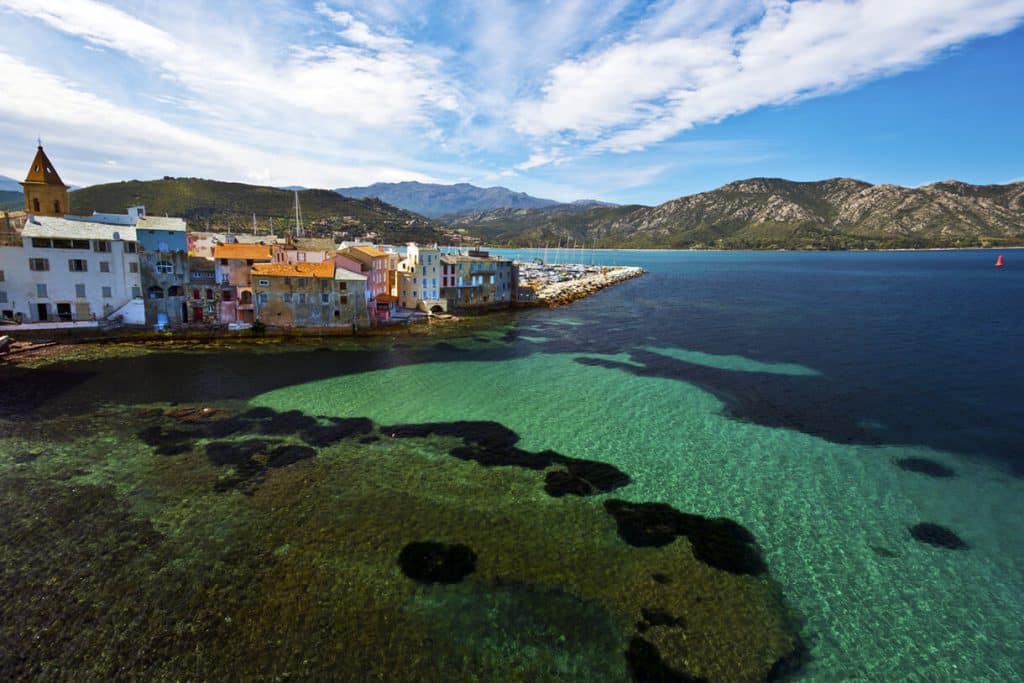
11. Sant’Antonino
Sant’Antonino is one of Corsica’s most picturesque settlements in the Balagne region of north-eastern Corsica. The village is known as the ‘Eagles Nest’ because of its picturesque location clinging to the top of a hill. Sant’Antonino is officially designated as one of France’s “most beautiful villages.” It has a history reaching back to the 9th century and was originally chosen for its natural defenses, making it one of Corsica’s oldest communities. Sant’Antonino is a maze of narrow alleyways, steep pathways leading through vaulted passageways, and traditional antique dwellings, making it a delight to explore.
Now, before we get into the Top 10, make sure to comment down your travel-related queries, and we will be more than happy to get back to you.
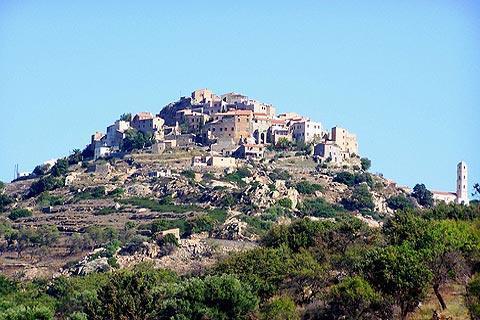
10. Cap Corse
The Cap Corse peninsula is 40 kilometers long and provides a range of activities. The Genoese towers are a must-see, and you can catch a tan at the Plage du Lotus beach. Exploring the coastline is undoubtedly worthwhile, not only for the lovely beaches but also for the historical landmarks such as the Moulin Mattei (Mattei Windmill) and the Torra di Seneca (Tower of Seneca).
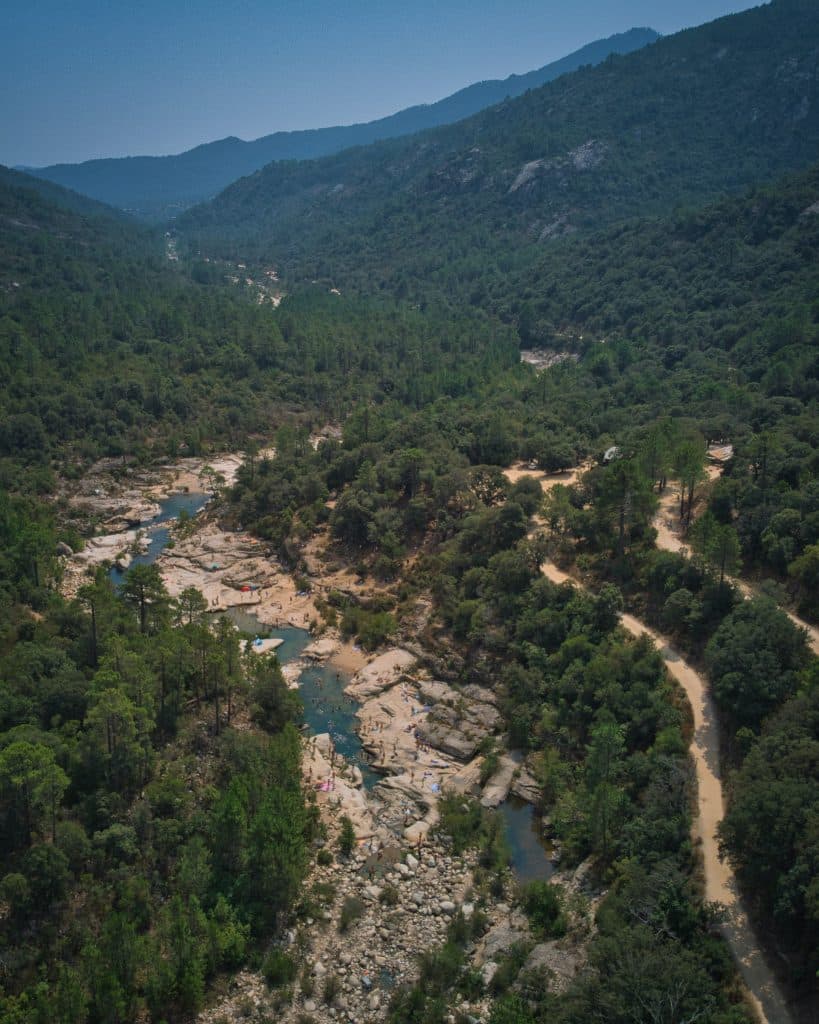
9. Aiguilles de Bavella
The seven Aiguilles, or “Needles,” of Bavella form a jagged massif with spectacular views of the surrounding countryside and mountains. They are located in the heart of the Massif de Bavella.
If you don’t like longer hikes that last several days, the area has some smaller ones as well… If you’re feeling daring, various adventure tours are available, such as canyoning in Solenzara waters.
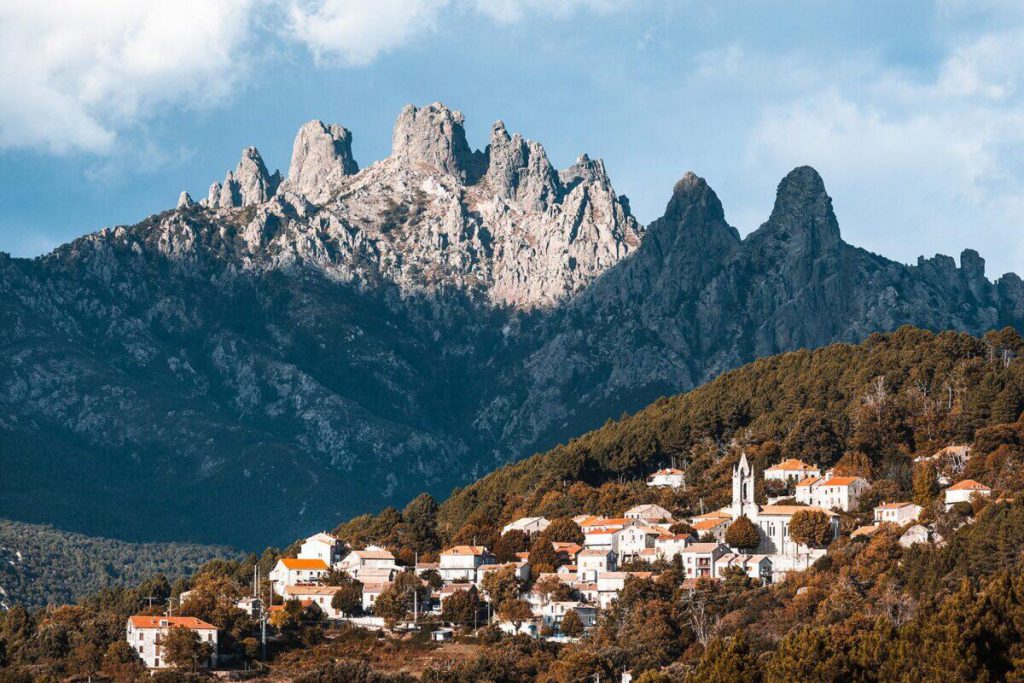
8. Petit Sperone
Petit Sperone is one of Corsica’s most gorgeous beaches, located 5 kilometers from downtown Bonifacio on the island’s southeast coast. The parking lot is a good 15 minutes walk away, so getting there is not easy, but Petit Sperone is worth the effort. The beach is approximately 90 meters long and fits into a square-shaped bay. The beach has no facilities, only a snack store in the parking lot. If it’s too crowded, especially in the summer, you can continue trekking south for another 15 minutes to reach Grand Sperone Beach.
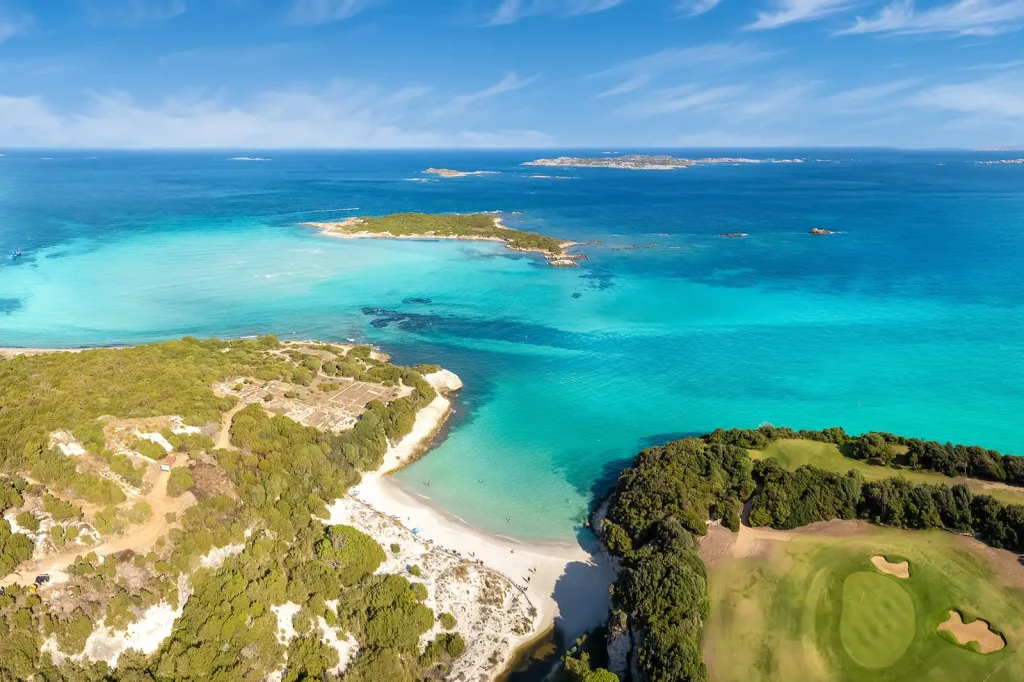
7. Scandola Nature Reserve
Scandola Nature Reserve is a UNESCO Natural World Heritage Site located 15 kilometers north of Porto on Corsica’s west coast. It has a rugged shoreline consisting of red porphyry, rhyolite, and basalt and covers over 20 square kilometers, half of which is land and the other half sea. There are daily boat journeys from Calvi and Ajaccio to this gorgeous location. You’ll explore the deepest rock cracks, visit hidden beaches, and swim with the fish that reside in this protected area.
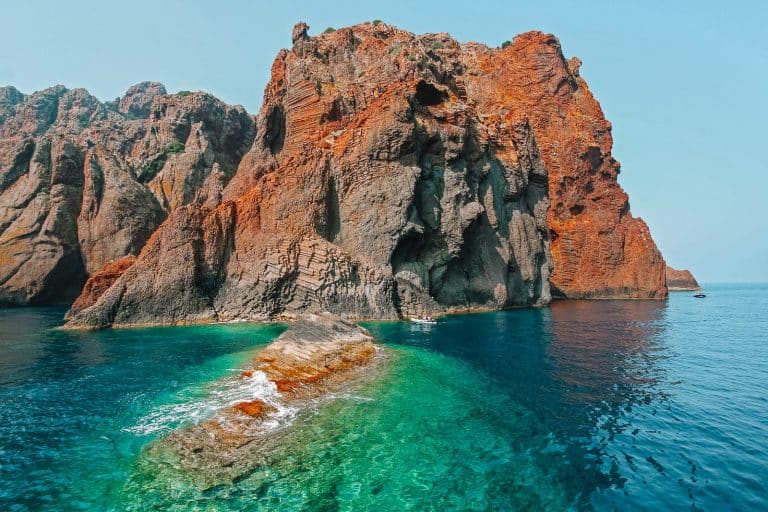
6. Calanques de Piana
Calanques de Piana is a magnificent cliff in the island’s northwest. These craggy cliffs are one of the best places to visit in Corsica. They are made of red granite rock and look even better after sunset. The crimson of Calanques de Piana contrasts with the turquoise of the sea, making it an unforgettable destination. There are also numerous hiking routes in the surrounding region.
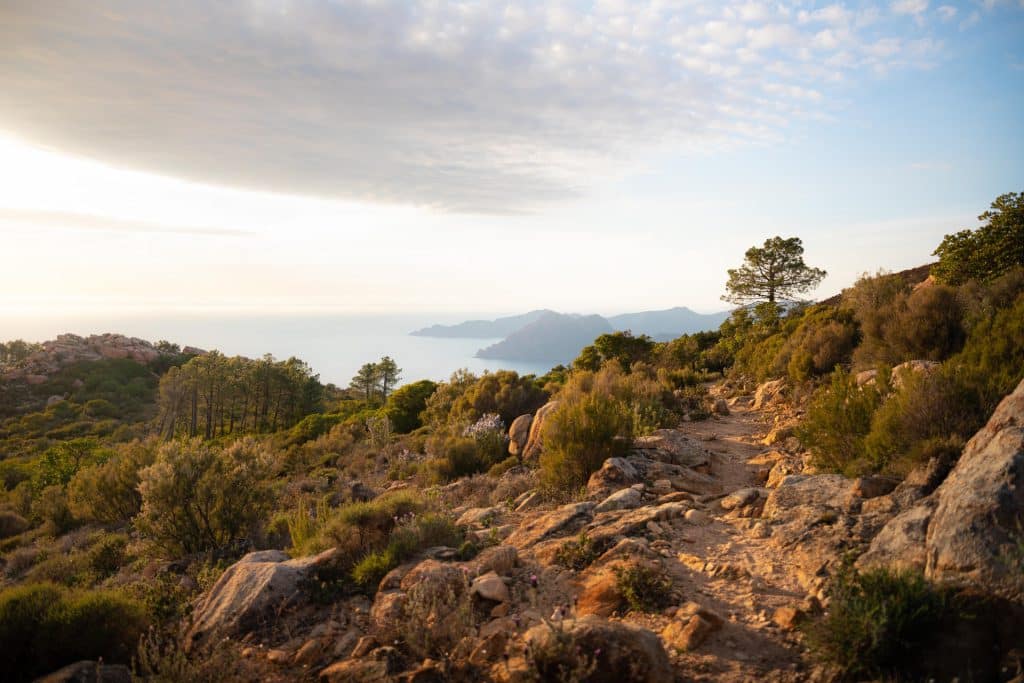
5. Bonifacio
Bonifacio is well-known for its white limestone cliffs. The village is fortified by a medieval clifftop fortress and has lovely cobblestone lanes. Bonifacio, Corsica’s oldest town, was founded in the ninth century. The Old Town of Bonifacio is 70 meters above sea level and gives stunning views of the harbor below. If you’re at Bonifacio, don’t miss the 187-step Escalier du Roy d’Aragon, which is carved into the rock and leads down to the sea.
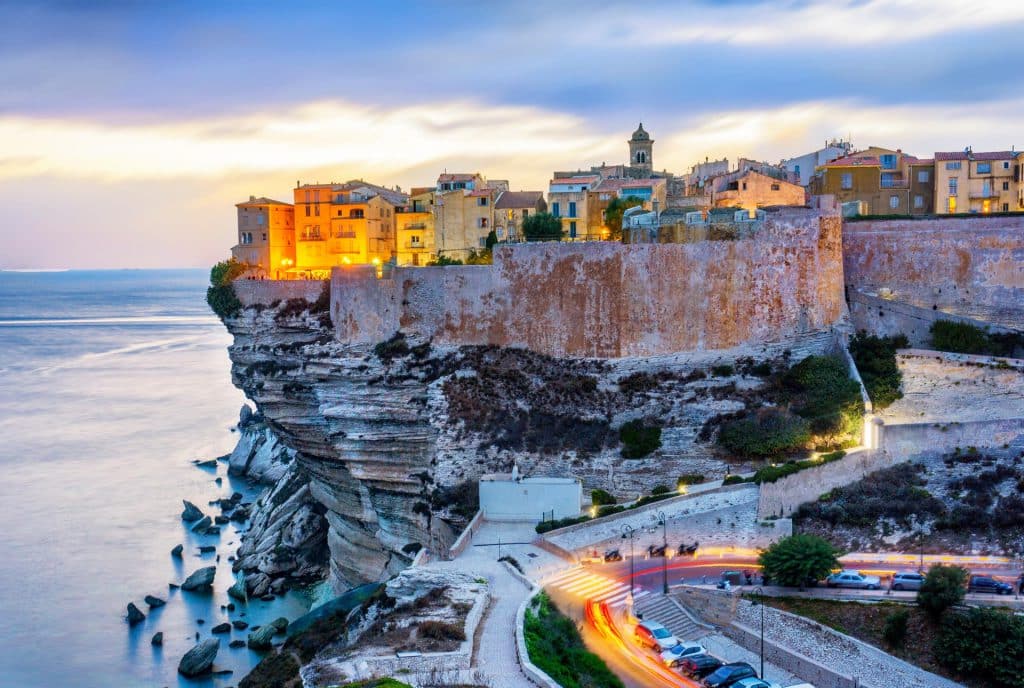
4. Calvi Citadel
Walking into Calvi’s fortified Haute-Ville is always a big occasion: You must pass beneath the imposing walls created by the Republic of Genoa in the late 15th century to fend off the fleets of the Franco-Ottoman alliance. After passing through a tunnel originally guarded by a drawbridge, you’re free to wander the cobblestone alleys and climb the ramparts for breathtaking views of the bay. The Citadel is a proud icon for Calvi with three bastions, an attractively worn baroque cathedral, and a historic residence previously occupied by Christopher Columbus.
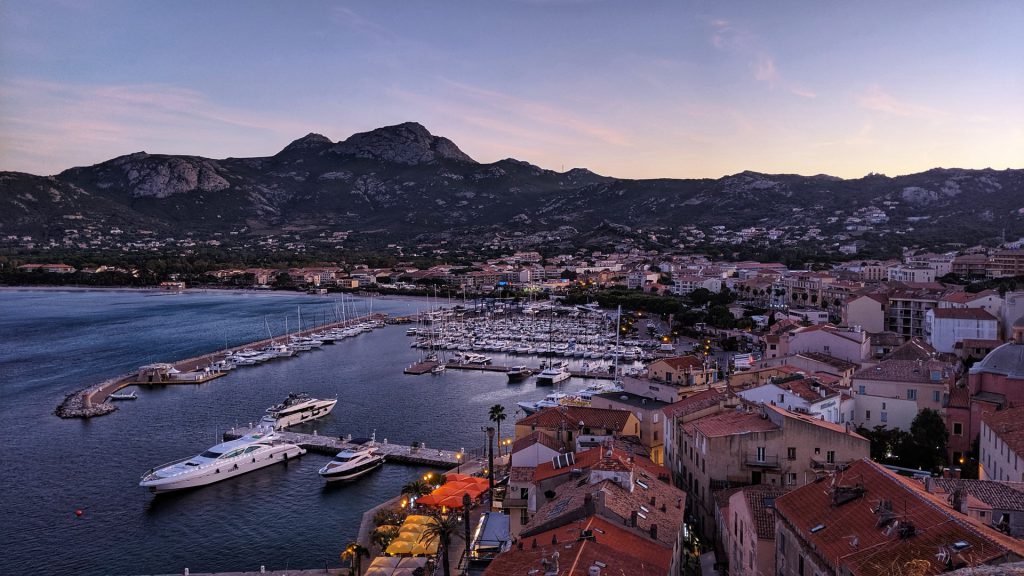
3. Plage de Saleccia
A beautiful bay with sugar white sand that uncurls for more than a kilometer on the island’s north coast is surrounded by dunes covered in dark green juniper plants. The feature that makes it so lovely is also the beach’s only disadvantage; Saleccia is so secluded that you must be prepared to pay a fee or walk a considerable distance to get there. There is a yacht service from surrounding ports as well as a 4×4 shuttle; however, both will cost you €50 or more for a family. Another option is to travel the D81 to Casta and then hike the trail, which can take many hours.
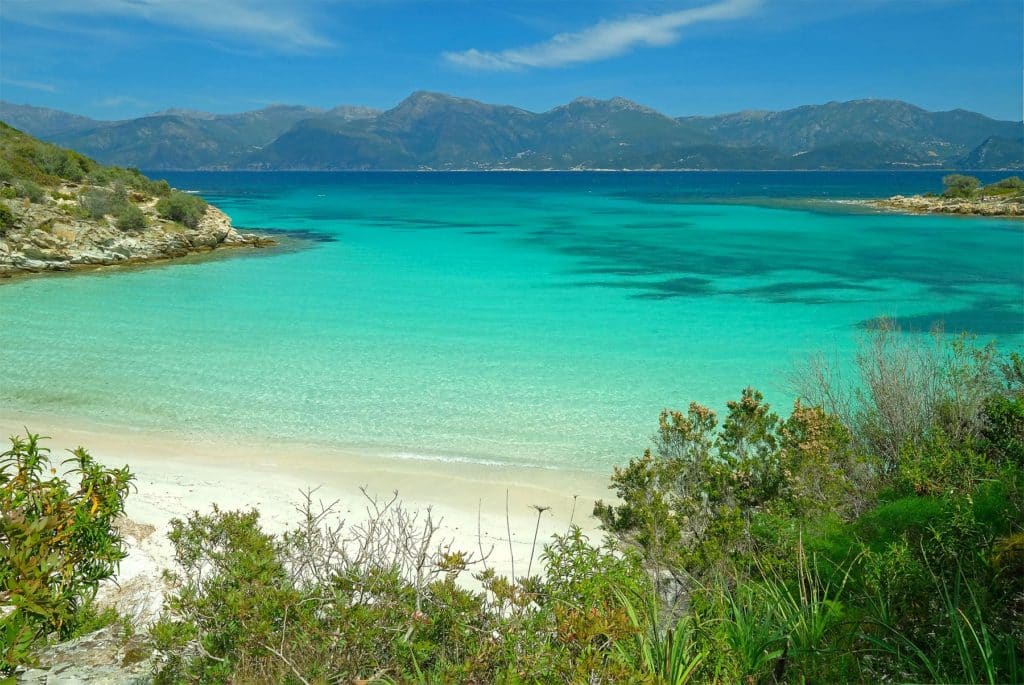
2. The Cavu River
The River Cavu bubbles between enormous granite boulders in the Vallée de San Martinu, tumbling down little waterfalls and filling sets of lovely pools. If you’re vacationing with children, they can spend hours paddling in the waves and scrambling up the stones that provide a natural adventure playground. With black pines along the valley walls, it’s an ideal area to spend time with loved ones.
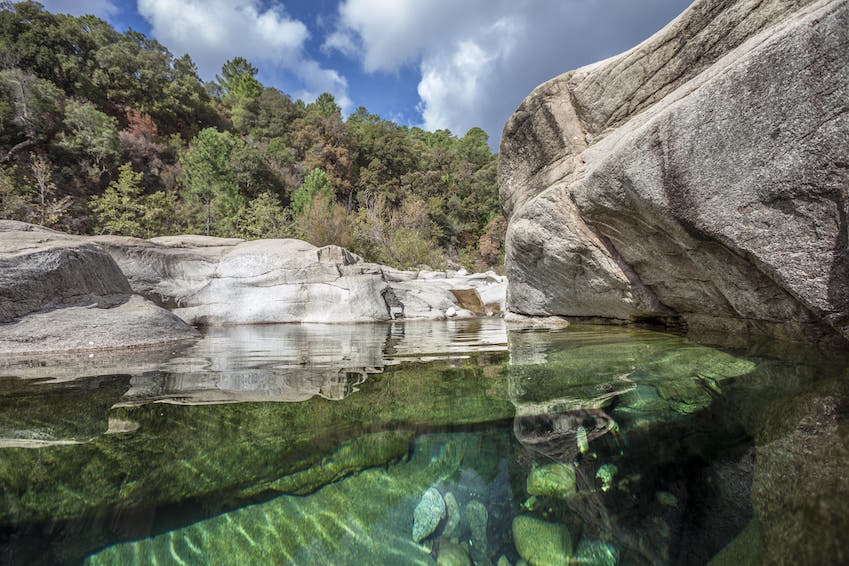
1. Ajaccio
Napoleon Bonaparte, Corsica’s most renowned native son, was born in this busy capital city on the Gulf of Ajaccio. Views of the sea can be seen from a variety of locations across the town. The Place de Gaulle, a large area in the heart of Ajaccio, features an equestrian statue of Napoleon (created in 1865 by Viollet le-Duc).
The Maison Bonaparte, Napoleon’s birthplace, houses photographs, souvenirs, family records, and a Napoleon exhibit containing a collection of medallions and coins depicting Napoleon at the Palais Fesch. The ancient charm of Ajaccio’s old town is well worth seeing, with its maze of twisting, small alleyways. The 16th-century Cathédrale d’Ajaccio, where Napoleon was baptized in 1771, is a must-see. The picture La Vierge au Sacré Côur by Eugène Delacroix is the cathedral’s most notable work of art.
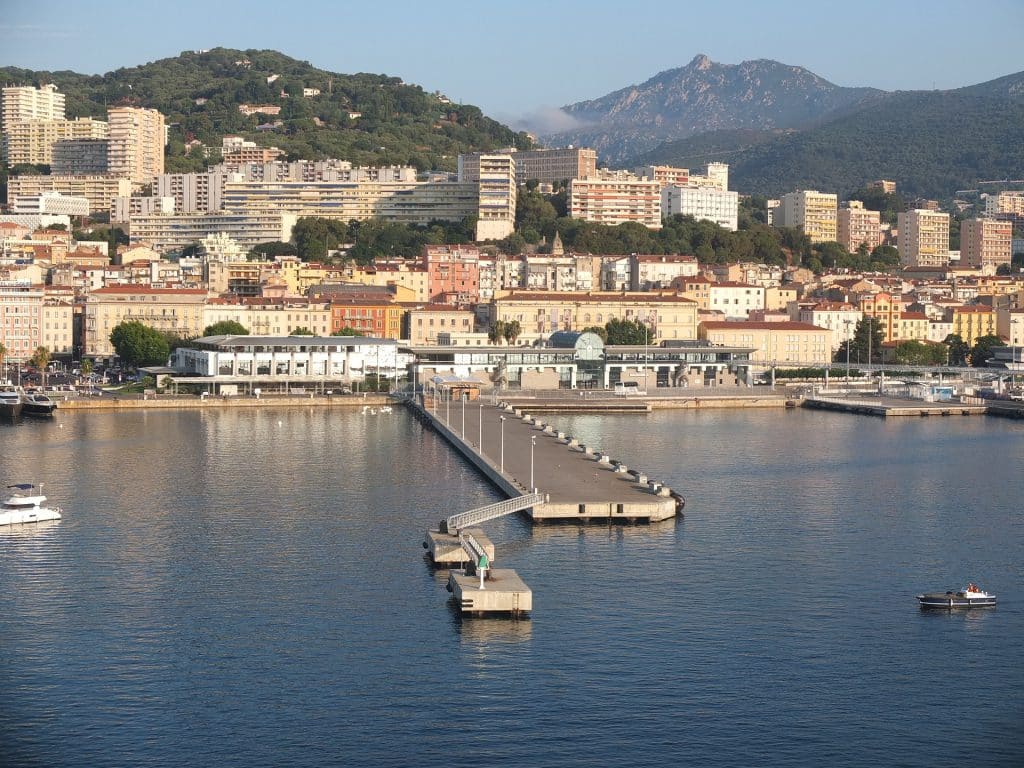
Top 15 Best Places to Visit in Corsica on a Map
How excited are you to visit Corsica and take snaps of these awesome places on your camera? Let us know in the COMMENTS section below, which of these places sparked your interest.
